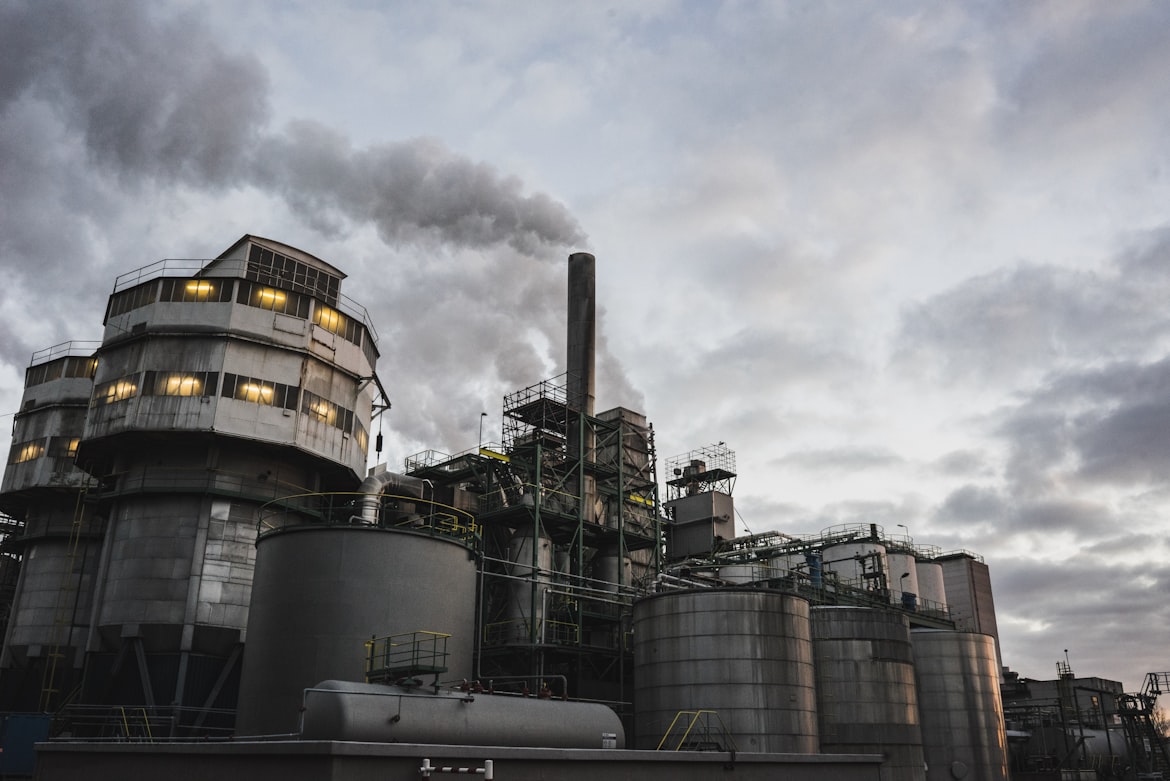World energy production
Energy
Since the emergence of primitive societies, obtaining and using energy has played a fundamental role in the well-being of people and the development of economic activities.
Modern society increasingly uses energy in industrial, agricultural, service and commerce activities, in addition to domestic consumption.
This fact is directly related to the degree of industrialization, economic development and the living conditions of the population in each region.
Fossil fuels
Petroleum
Petroleum is a fossil hydrocarbon of organic origin found in sedimentary basins resulting from the burial of ancient aquatic environments. Its various by-products are present in all states of aggregation: solid (asphalt, plastics, among others), liquid (lubricating oils, gasoline and other fuels) and gaseous (fuel gas).
Petroleum is liquid and is easier to transport than coal, which is why it began to be consumed in increasing quantities. The increase in consumption was accompanied by the emergence of hundreds of oil companies operating in the four economic phases of their exploration: extraction, transport, refining and distribution.
Mineral coal and natural gas
Among the sources of fossil energy resources, coal is the most abundant, especially in the countries of the northern hemisphere. Also, according to estimates, when oil runs out, coal reserves will still have a very long lifespan. This makes it today the immediate substitute for oil in a crisis situation and price increase.
The use of coal, however, causes serious environmental impacts, as its molecular structure contains enormous amounts of carbon and sulfur that, after burning, are released into the atmosphere in the form of carbon dioxide (CO2), a component that aggravates the greenhouse effect, and sulfur dioxide (SO2), which contributes to the formation of acid rain.
Mineral coal is a metamorphic rock of sedimentary and organic origin, so it should not be confused with vegetable coal, obtained from wood charred in ovens. With regard to its practical use, mineral coal is much more efficient, as it has great heating power and its burning releases much more energy than charcoal, being widely used in steel mills and in the production of energy in thermoelectric plants.
Natural gas, in addition to being cheaper and easily transported through pipelines, burns less polluting compared to coal and oil.
It is a very versatile source of energy, as it can be used to generate electricity (in thermal plants), in industrial machines and blast furnaces, in vehicle engines, in stoves, in water and room heating, between others. As a result, it has been increasingly used in transport, thermoelectricity and industrial production.
Renewable fuel
Biomass
Biomass is any type of non-fossil, plant or animal organic matter that makes it possible to obtain energy.
Nowadays it is considered one of the main alternatives in the search for greater diversification in the energy matrix, aiming to reduce dependence on fossil fuels.
Download our science app from the Play Store.
Electricity
Electricity is mainly produced in thermoelectric, hydroelectric and thermonuclear plants. In any of these plants, it is generated by driving a turbine, which essentially consists of a cylindrical set of steel that rotates around its axis inside a magnetized receptacle. In the turbine, therefore, the kinetic energy (of motion) is transformed into electrical energy. In the different types of power plant, what differs is the primary energy used to drive the turbines.
Hydroelectricity
To generate electricity from river water, it is necessary to have gaps where dams can be built so that a dam is created. It is considered a non-polluting, relatively cheap and renewable way of obtaining energy, although the flooding of large areas, due to the construction of dams and the damming of water, causes profound socio-environmental impacts.
Thermoelectricity
Atomic energy
As in thermoelectric plants, what moves the turbine of a nuclear power plant is water vapor. The difference is that, in the case of atomic plants, the heating of water is done through nuclear fission, carried out from the breaking of uranium atoms.
References:
LINHARES, Sergio; GEWANDSZNAJDER, Fernando. Biology Today: Genetics, Evolution, Ecology. 1st edition. São Paulo: Editora Ática, 2012.







Comentários
Postar um comentário